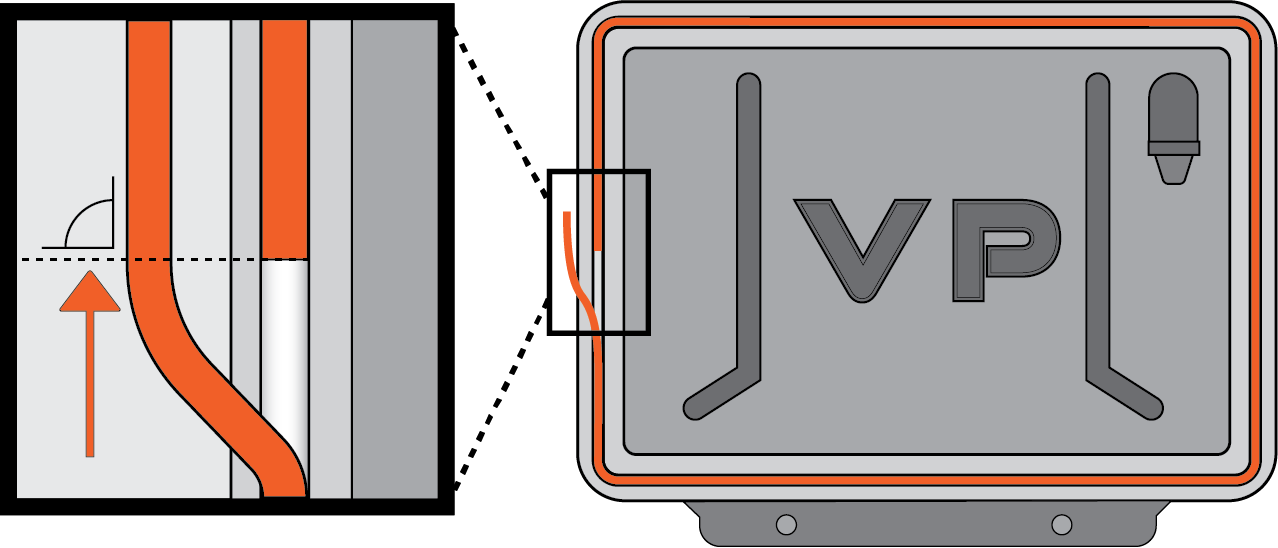Portable Vacpad Initial setup and Maintenance
This Blog consists of Important information on VACPAD and Portable VACPAD Maintenance and Standards.
For optimal use of our product we recommend that you read before use:
Table Of Contents
1. Vacpad Care
Do not leave VACPAD units running unattended outside visual or audible distance from the operator.
When operating battery-powered units, always be mindful of battery life, replace batteries when low to prevent any loss of power while operating.
Always store VACPAD units with the cover plate when possible. Take extra caution when storing double-sided VACPAD and always leave them on a flat surface to avoid any deformation in the gasket. The Cover Plate should be used to ensure longevity for all VACPAD 1.0 Models
When engaging material to VACPAD, always press firmly and hold down to ensure vacuum engages. Always check that the material is secure before beginning to work. Keep the work area clean from debris and dust as it can accumulate in vacuum pumps. See troubleshooting and maintenance section for maintaining vacuum pump motors.
• After extended use, always check and ensure Center valve and Release valve is working properly by physically pressing it down multiple times, ensuring the spring is operating properly. Depending on your Version of Portable VACPAD the Release Valve may be positioned differently.
Portable VACPAD 1.0 Pressure Release Valve
Portable VACPAD 2.0 Pressure Release Valve
When cutting lengths of vacuum hoses, cut all ends square, as it provides best results for a tight vacuum seal.
Avoid leaving VACPAD units with plastic components in direct sunlight, or in an enclosed container that can reach temperatures above 180 degrees for extended periods of time. As it can result in deformation of plastic components.
When operating any VACPAD equipment, keep it in a ventilated semi open area. To prevent overheating. Vacuum pump has built-in thermal overload protection as it will shut off after high temperatures. When this happens allow some time to pass and the vacuum pump to cool down before operating again.
Gasket Maintenance
Note:
The VACPAD 2.0 Design doesn’t need a cover plate and maintenance can be done by inspecting the gasket rope for any signs of wear and tear. All VACPAD products that have a gasket rope component can be installed using the method in this guide.
When installing rope gasket please follow the outline labeled below.
Press into the existing gasket channel on the underside of the VACPAD or Portable VACPAD.
Make sure to press along the beginning to the end ensuring the gasket is firmly seated in a clockwise motion with no gaps.
Where the rope has overlapped itself is where to make your cut, Make sure it is a clean square cut.
The cut doesn’t have to be exact, the gasket can stretch and shrink as you move it together to close the gap in the seam.
The seam where the gasket is cut is where the seal can be stretched to create a closed seamless seal.
When installing the Rope Gasket to the VACPAD 2.0 massage the gaskets into each other to ensure a tight fit.
Always check the condition and wear on the gaskets before use. Especially after long periods of storage. Examine the gasket for any excessive depressions or any tears. Check to make sure the gasket rebounds from depressions. The gasket should bounce back and be very flexible, if not a replacement is needed.













